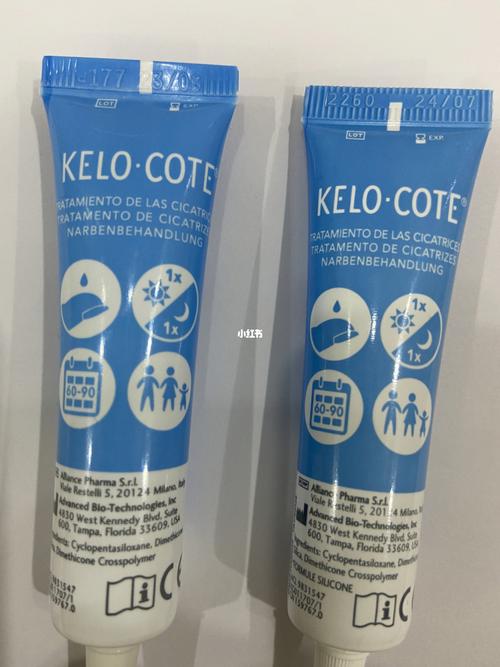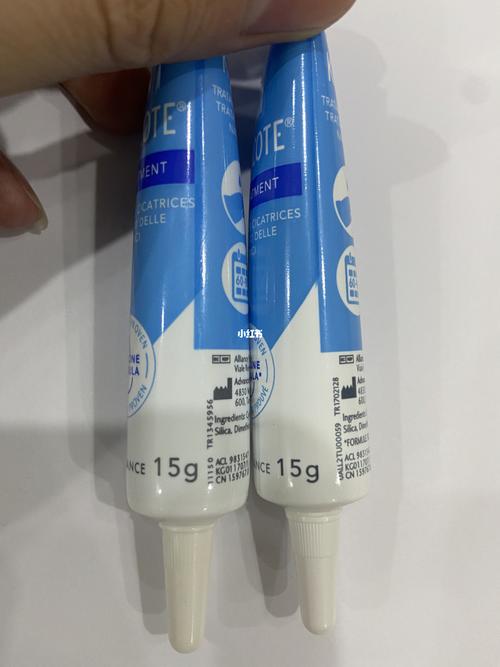
Understanding Scar Care After Facial Surgery
Undergoing facial surgery can be a life-changing experience, but it’s important to remember that the journey doesn’t end with the surgery itself. One crucial aspect of recovery is proper scar care. In this article, we will delve into the details of scar care after facial surgery, focusing on the importance of this process and the various methods available to ensure the best possible outcome.
Why is Scar Care Important?
Scars are a natural part of the healing process after surgery. However, the appearance of a scar can vary greatly depending on several factors, including the type of surgery, the individual’s skin type, and the care provided post-surgery. Proper scar care is essential to minimize the appearance of scars, reduce itching and pain, and promote faster healing.

Scars can be a source of embarrassment or discomfort for many individuals. By taking the time to care for your scars, you can improve their appearance and ensure a smoother recovery process.
Types of Facial Surgery Scars
Facial surgery can result in various types of scars, each requiring specific care. Some common types include:
| Scar Type | Description |
|---|---|
| Incision Scars | Scars that result from cuts made during surgery, such as those from facelifts or brow lifts. |
| Excision Scars | Scars that result from the removal of a skin lesion or tumor. |
| Contracture Scars | Scars that cause the skin to tighten and pull, often resulting from burns or extensive surgery. |
Scar Care Techniques
There are several techniques and products available to help care for your scars after facial surgery. Here are some of the most effective methods:
Moisturizing
Keeping your scars moisturized is crucial for optimal healing. Use a gentle, fragrance-free moisturizer to keep the skin hydrated and prevent dryness, which can lead to itching and scabbing.

Scar Gels and Creams
Products like Mederma, silicone gels, and creams can help reduce the appearance of scars. These products work by promoting collagen production and keeping the scar hydrated.
Pressure Therapy
Using a silicone sheet or bandage to apply pressure to the scar can help flatten it and reduce its appearance. This method is often recommended for raised scars or keloids.
Sun Protection
Protecting your scars from the sun is essential to prevent hyperpigmentation and further damage. Use a broad-spectrum sunscreen with an SPF of at least 30 to shield your skin.
Topical Treatments
Some individuals may benefit from topical treatments containing ingredients like vitamin E, tea tree oil, or aloe vera. These ingredients can help soothe the skin and promote healing.
When to Seek Professional Help
In some cases, scars may not heal as expected or may become more noticeable over time. If you experience any of the following issues, it’s important to consult a healthcare professional:
- Severe itching or pain
- Redness or swelling that persists
- Scarring that is raised, thick, or lumpy
- Scarring that is causing functional problems, such as difficulty closing your eyes
Conclusion
Scar care after facial surgery is a vital part of the recovery process. By understanding the importance of proper scar care and utilizing the appropriate techniques and products, you can help ensure the best possible outcome. Remember to consult with a healthcare professional if you have any concerns about your scars or if they do not heal as expected.





